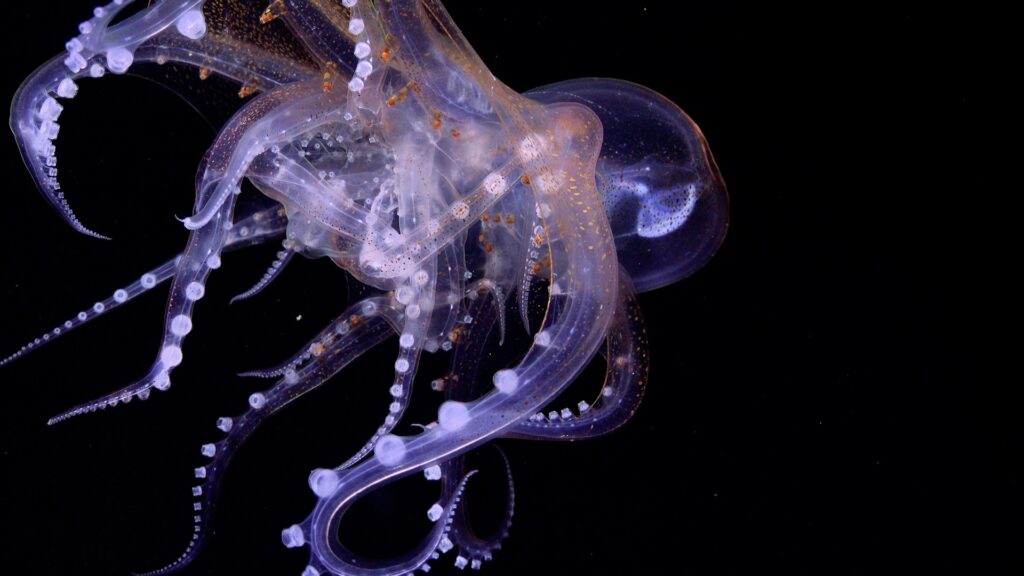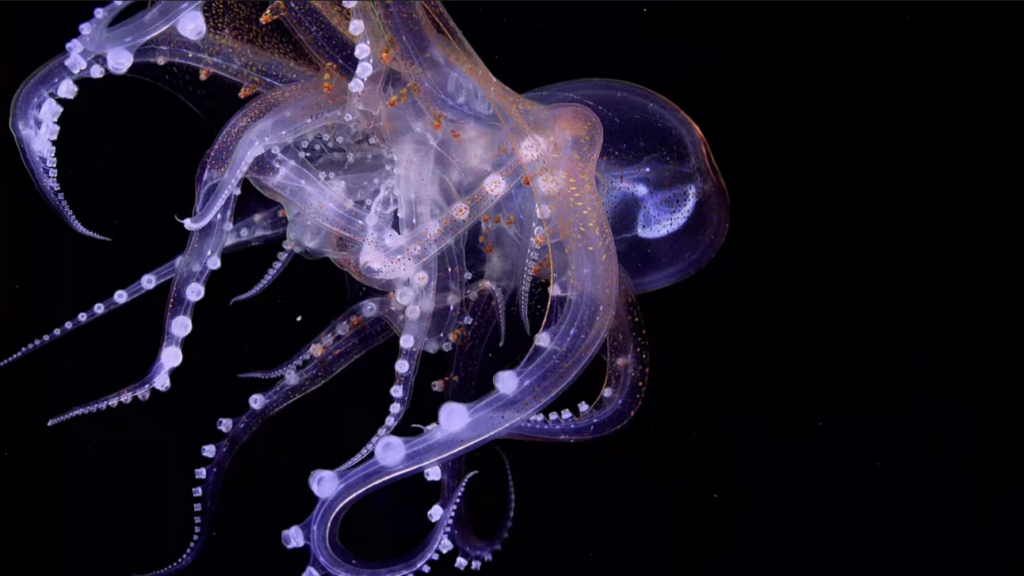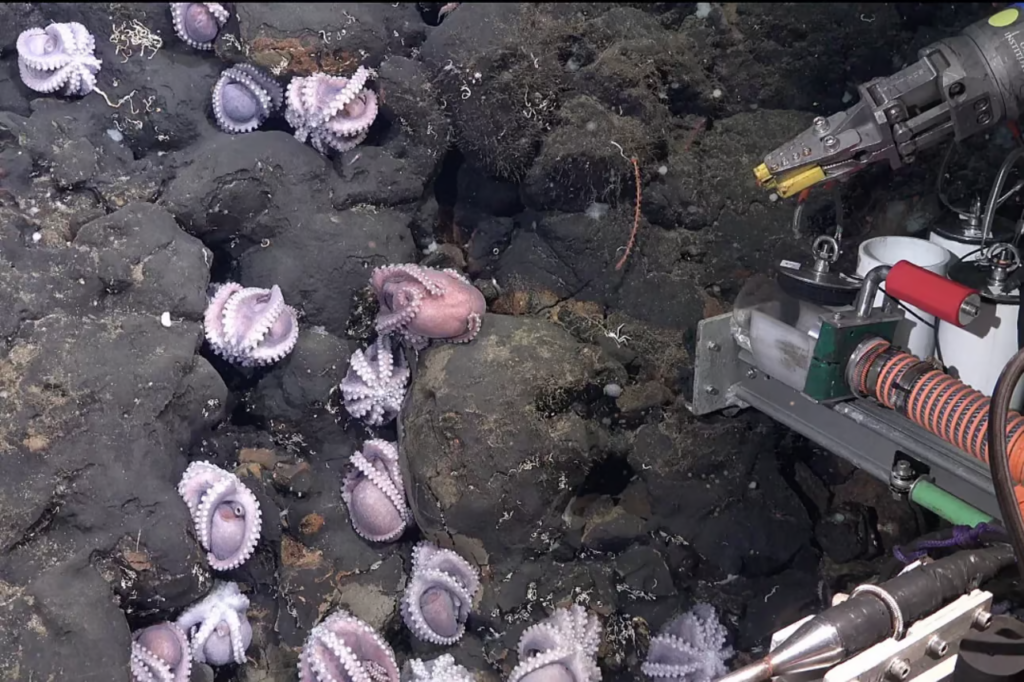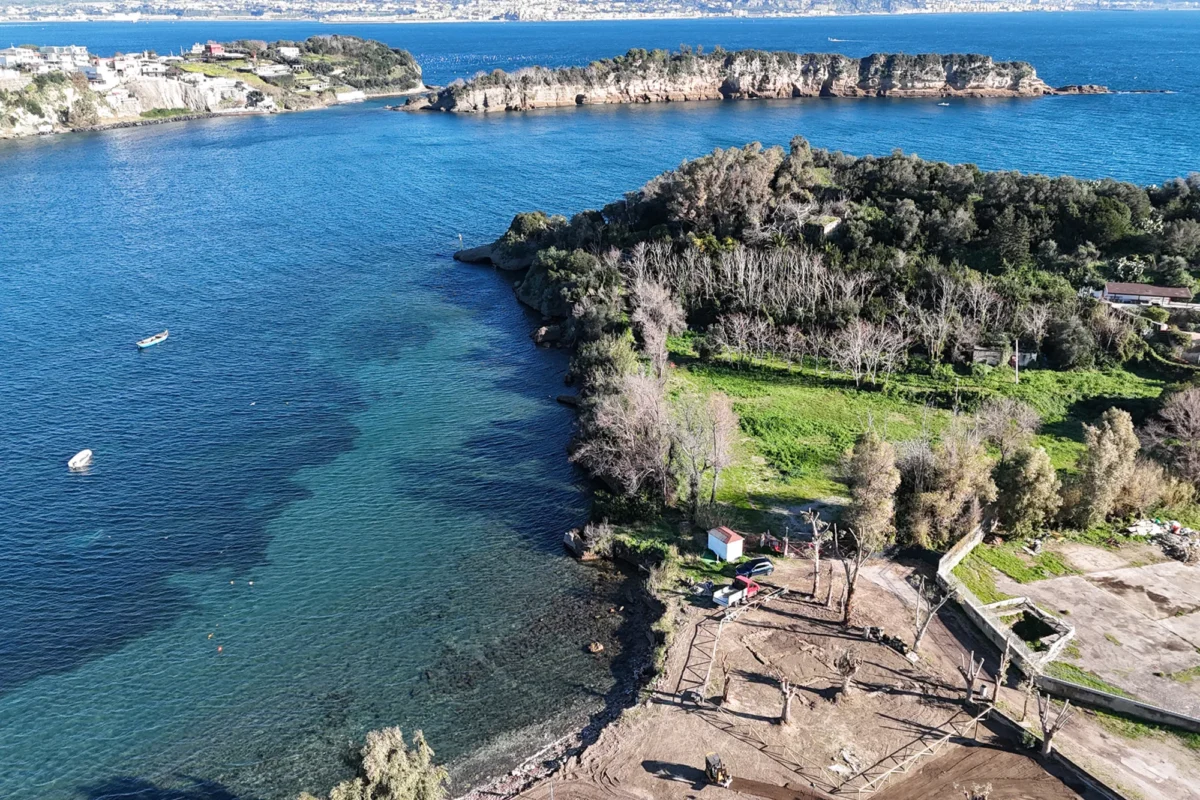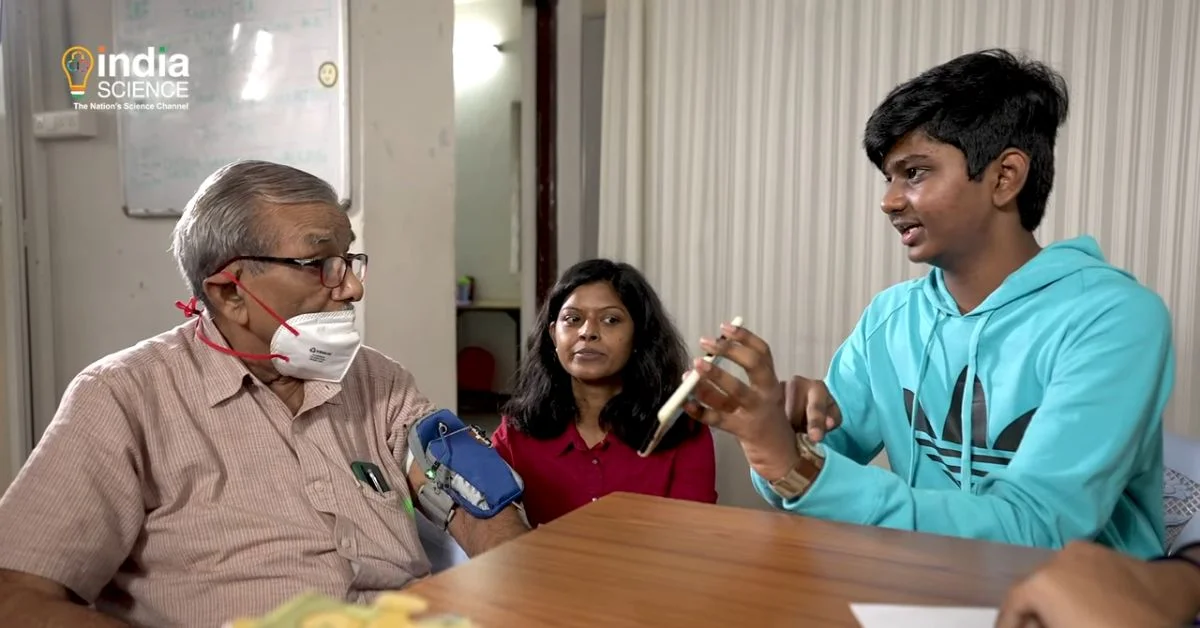NYC’s Floating Pool
From Barton Springs in Austin, Texas, to Switzerland’s Aare river, urban waterways worldwide provide relief from city heat, allowing people to enjoy the benefits of swimming. However, even on the hottest days, New Yorkers are reluctant to swim in the city’s rivers.
A floating pool aims to change that by repurposing the city’s river water for public use. +POOL, an organization advocating for equitable access to NYC’s waters, has secured $16 million in state and city funding to create the first urban river-sourced swim facility in the U.S. This summer, a 2,000-square-foot version of the pool will be tested in one of the rivers or bays surrounding New York City. If successful, it could be open to the public by 2025.
The pool’s plus sign-shaped design includes a kid’s pool, sports pool, lap pool, and lounge pool, forming an Olympic-length pool when combined or opening up for 9,000 square feet of play.
+POOL’s patented filtration system is designed to clean over 1,000,000 gallons of raw river water daily without chemicals. The Environmental Protection Agency’s water quality modeling software will ensure the water meets acceptable microbiological standards for swimming.
In the early 1900s, swimming in NYC’s rivers was common, with 40% of New Yorkers using floating baths. However, environmental degradation led to the closure of public river pools in the 1920s. Municipal swimming pools were popular in the 1920s-1940s, but subsequent decades saw a decline in public pool investment and a shift towards private facilities, resulting in unequal access.
Despite this, New York’s rivers have become cleaner due to improved environmental practices. With advancing technology and environmental stewardship, the city might be on the brink of a new era of public swimming, potentially eliminating the need to leave for a cool plunge by 2025.

